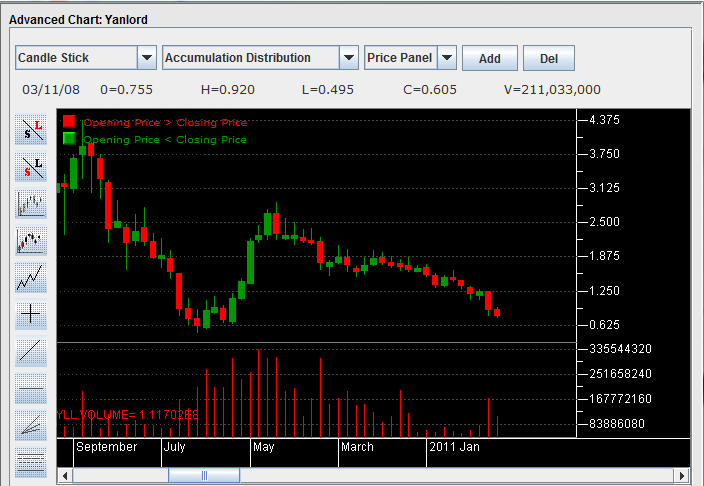Beating the Quants at Their Own Game SPDR S&P 500 Trust ETF (NYSEARCA SPY)
Post on: 4 Апрель, 2015 No Comment

As an unequivocal believer in the virtues of the fundamental stock analysis influenced by the teachings of Benjamin Graham and Warren Buffett, it is a bit odd for me to comment on technical analysis. Although I do believe that technical analysis can work under the right strategy executed by the right people with the right emotional temperament (my friends over at Tudor Investment Corp being the most obvious example), I have always been a fundamental investor in search of determining the fabled intrinsic value. The underlying principals of technical analysis seem too blunt in my opinion, everything in this world has some level of inherent value based on the utility it provides and a properly trained investor willing to do the necessary analysis should be able to determine this value within a range and trade accordingly.
Regardless of my theoretical beliefs, many market participants use technical analysis to drive their investment decisions. These collective actions result in real tangible changes in asset values and as such need to be understood even by fundamental investors. A fundamental investor need not agree with the reason why a stock is moving but it behooves him or her to understand why a stock is moving. Just as a hitter in baseball does need to know how to throw a curve ball but he does need to be able to recognize a curve ball and anticipate the balls movement.
Many quantitative investment strategies are based on some sort of trend following — very simply put they buy an uptrend and sell a downtrend. The trend is typically determined by a moving average. For the sake of this analysis I will be dealing with simple moving averages as opposed to exponential moving averages due to the fact that I was not prepared to spend my whole weekend creating the necessary calculations in Excel. The general take-away of this exercise will be the same for either. A simple moving average is the average price of the last X number of days. Popular moving averages used in technical analysis are the 50 day, 100 day, and 200 day. A technical investor wants a signal that is clear enough that they will not miss a big portion of the price move but also slow enough that they will not get whipsawed around from trading noise.
Given that moving averages are lagging indicators and given that we know 97+% of the inputs, I can tell you within a reasonable margin what the 200 day moving average for GOOG or GLD is going to be next week. It is here that I think the fundamental investor can exploit the technical investor’s adherence to the hard rules of their trading systems.
With the dramatic sell-off at the end of 2008 further in the rear-view mirror, those low prices are going to be the primary inputs into the moving averages going forward. In other words, the high prices of August and September will be rolling off and the low prices will be setting the new moving averages going forward. This is will result in declining moving averages across the board which will likely result in a wave of buying from the investors utilizing technical analysis as more and more stocks trade above their respective moving averages. This is one contention that I have with technical analysis trading systems — even though the outlook for a certain asset has not changed or improved, a technical investor will be forced to buy that asset (assuming he follows his signals) simply because of the roll-off of old prices.
The following charts demonstrate this phenomenon for the S&P 500 (NYSEARCA:SPY ). For the sake of this example I assume that the index value going forward does not change from Fridays close (1/9/2008).
According to my analysis and assumptions, the S&P 500 50-day moving average will trough sometime next week (
January 23).
The S&P 500 100-day moving average will likely trough in mid-March.
The S&P 500 200-day moving average will likely trough in late June.
Obviously the biggest (and most impossible) assumption is that prices will not change going forward, regardless the moral of the story remains the same, the steep decline of this past Fall will result in a steep decline in moving averages of which we are currently approaching. This roll-over of prices will likely result in a wave of buying from quant investors utilizing moving average technical analysis.
A fundamental investor can exploit this likely source of buying in two ways. If one is bullish on the market they would want to buy now ahead of the pending decline in moving averages. Conversely if one is bearish they could wait for the moving averages to decline and use the quant buying to exit positions on strength.














